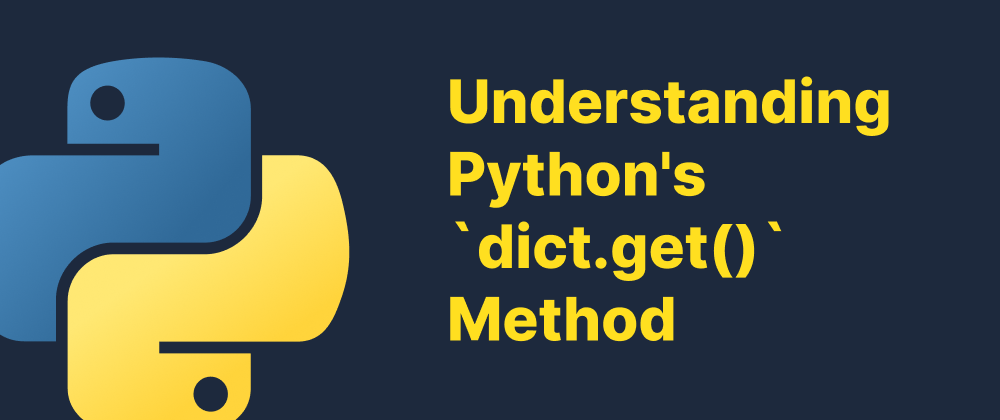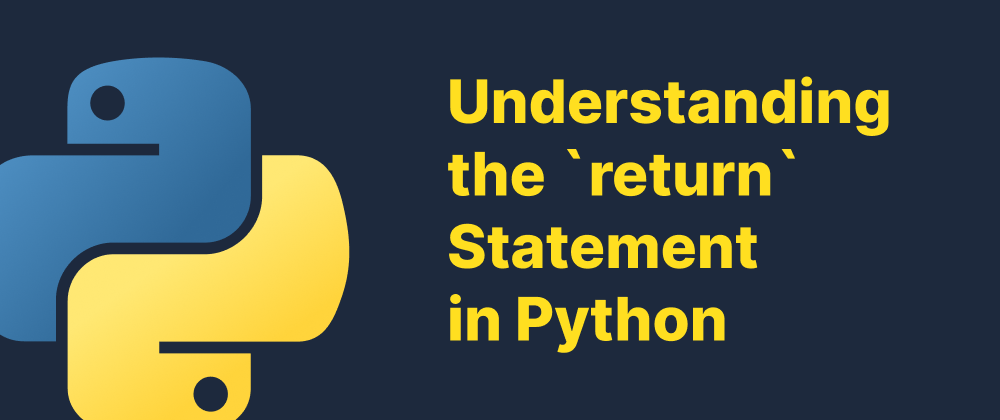How to Use `random.choice()` in Python
James Reed
Infrastructure Engineer · Leapcell

Key Takeaways
random.choice()selects a random item from a non-empty sequence.- Always check that the sequence is not empty to avoid errors.
- Use
random.seed()to make random choices reproducible.
When working with data in Python, you may occasionally need to select a random item from a list or sequence. The random module in Python provides a convenient method called choice() for exactly this purpose. This article will guide you through how to use random.choice() effectively, along with practical examples and some important considerations.
What Is random.choice()?
random.choice() is a function in Python’s built-in random module. It allows you to randomly select a single item from a non-empty sequence, such as a list, tuple, or string.
Syntax
import random random.choice(sequence)
sequence: A non-empty sequence (like a list, tuple, or string).- Returns: A single randomly selected item from the sequence.
Basic Examples
Here are some common use cases:
Example 1: Choosing from a List
import random colors = ['red', 'green', 'blue', 'yellow'] chosen_color = random.choice(colors) print(chosen_color)
This code will print one color randomly selected from the list.
Example 2: Choosing from a String
import random word = "python" letter = random.choice(word) print(letter)
In this case, a random letter from the string "python" will be selected.
Handling Edge Cases
It’s important to remember that random.choice() will raise an IndexError if the sequence is empty:
import random empty_list = [] random.choice(empty_list) # Raises IndexError
To avoid this, always check if the sequence is not empty before calling choice():
if my_list: item = random.choice(my_list) else: print("List is empty")
How to Make It Reproducible
If you want reproducible results for testing or debugging, set a random seed using random.seed():
import random random.seed(42) print(random.choice(['apple', 'banana', 'cherry']))
Using the same seed will ensure the same sequence of results every time the script runs.
Conclusion
The random.choice() function is a powerful and easy-to-use tool in Python for selecting random elements from a sequence. Just be sure the sequence is not empty, and use random.seed() when reproducibility is important. Whether you're building games, running simulations, or just experimenting with Python, random.choice() is a tool worth mastering.
FAQs
You can use lists, tuples, strings, or any non-empty sequence.
random.choice() raises an IndexError if used on an empty sequence.
Use random.seed() with a fixed value before calling random.choice().
We are Leapcell, your top choice for hosting Python projects.
Leapcell is the Next-Gen Serverless Platform for Web Hosting, Async Tasks, and Redis:
Multi-Language Support
- Develop with Node.js, Python, Go, or Rust.
Deploy unlimited projects for free
- pay only for usage — no requests, no charges.
Unbeatable Cost Efficiency
- Pay-as-you-go with no idle charges.
- Example: $25 supports 6.94M requests at a 60ms average response time.
Streamlined Developer Experience
- Intuitive UI for effortless setup.
- Fully automated CI/CD pipelines and GitOps integration.
- Real-time metrics and logging for actionable insights.
Effortless Scalability and High Performance
- Auto-scaling to handle high concurrency with ease.
- Zero operational overhead — just focus on building.
Explore more in the Documentation!
Follow us on X: @LeapcellHQ




